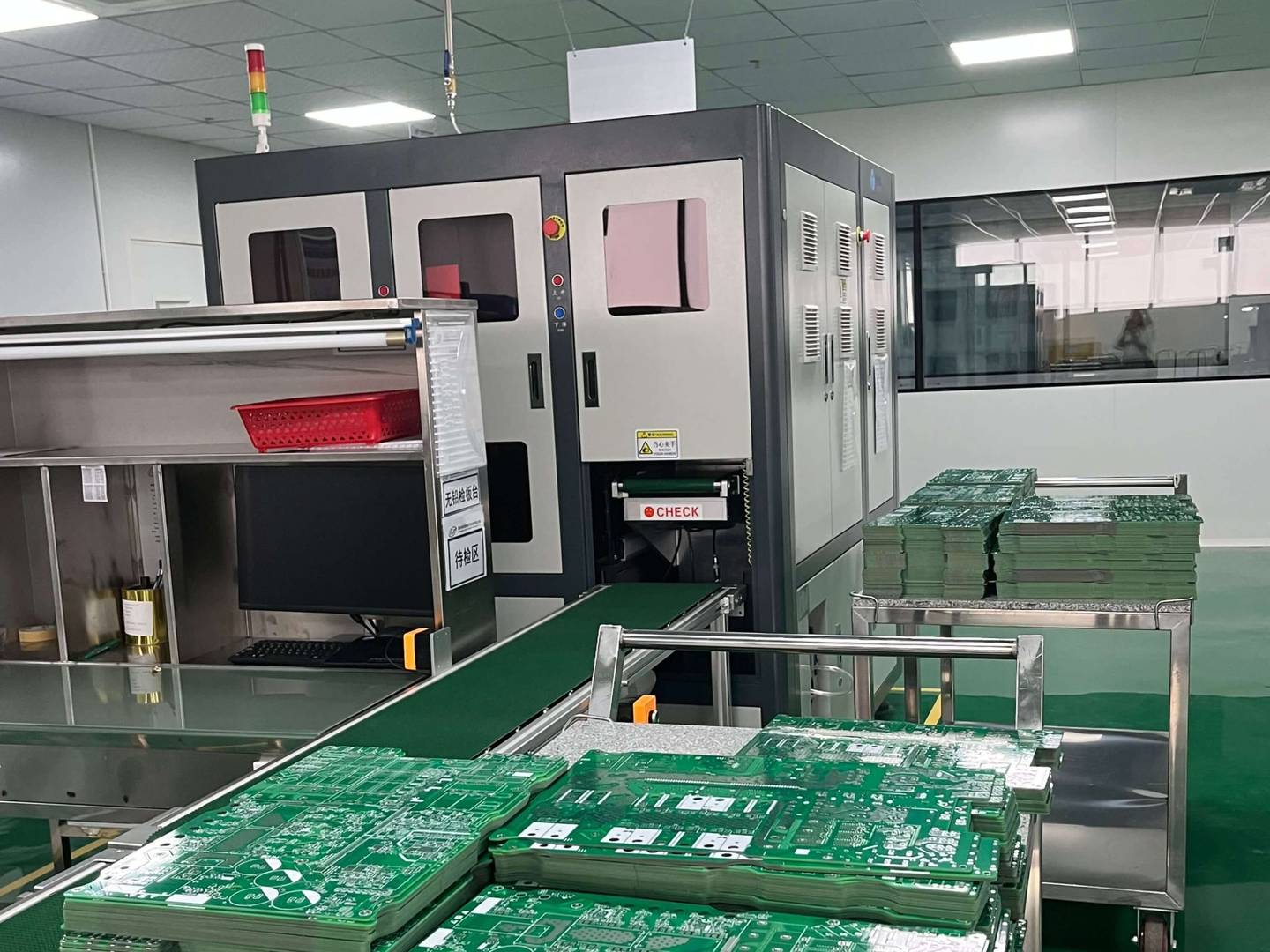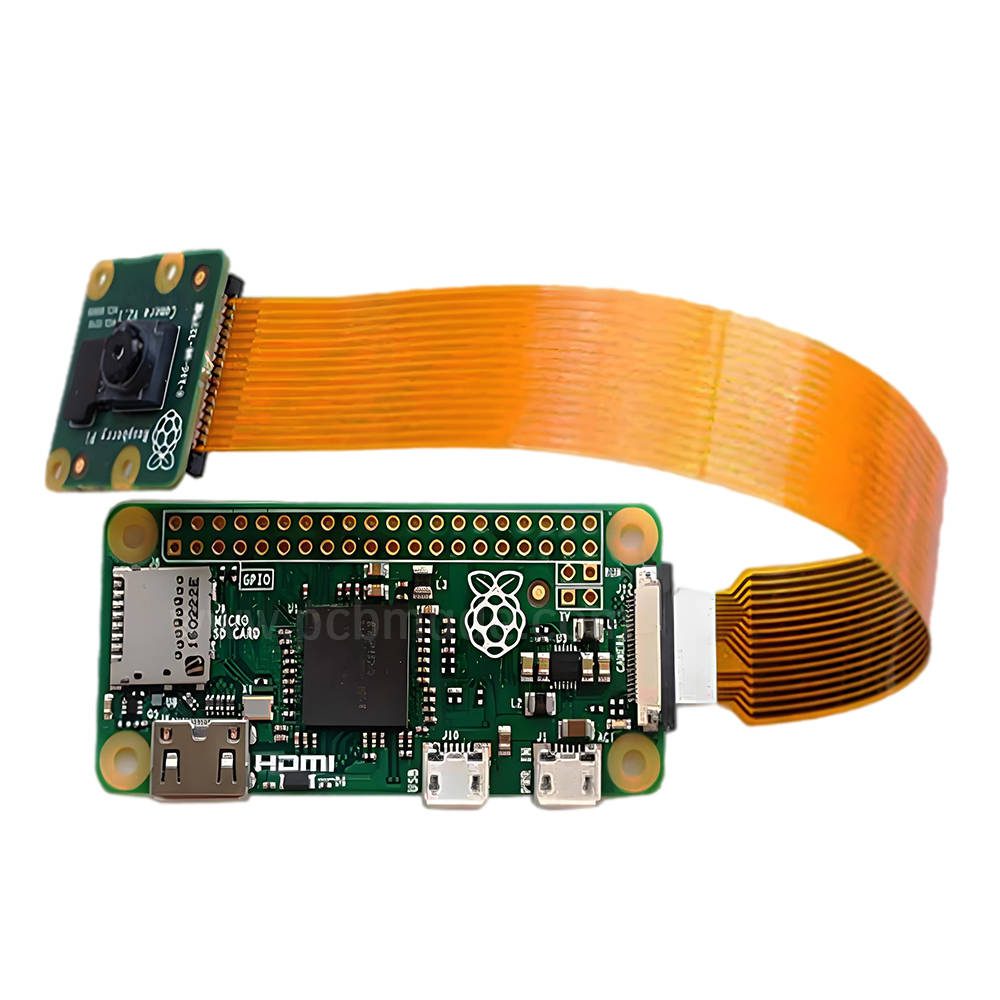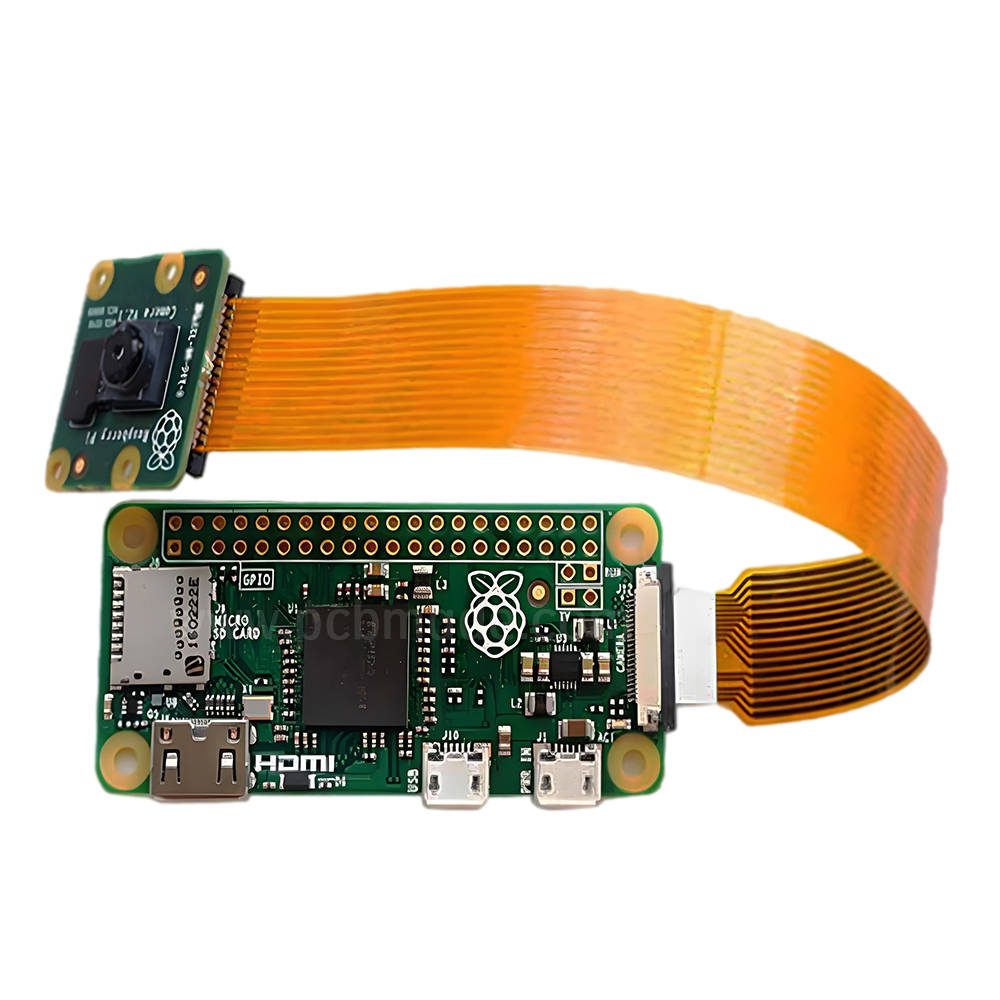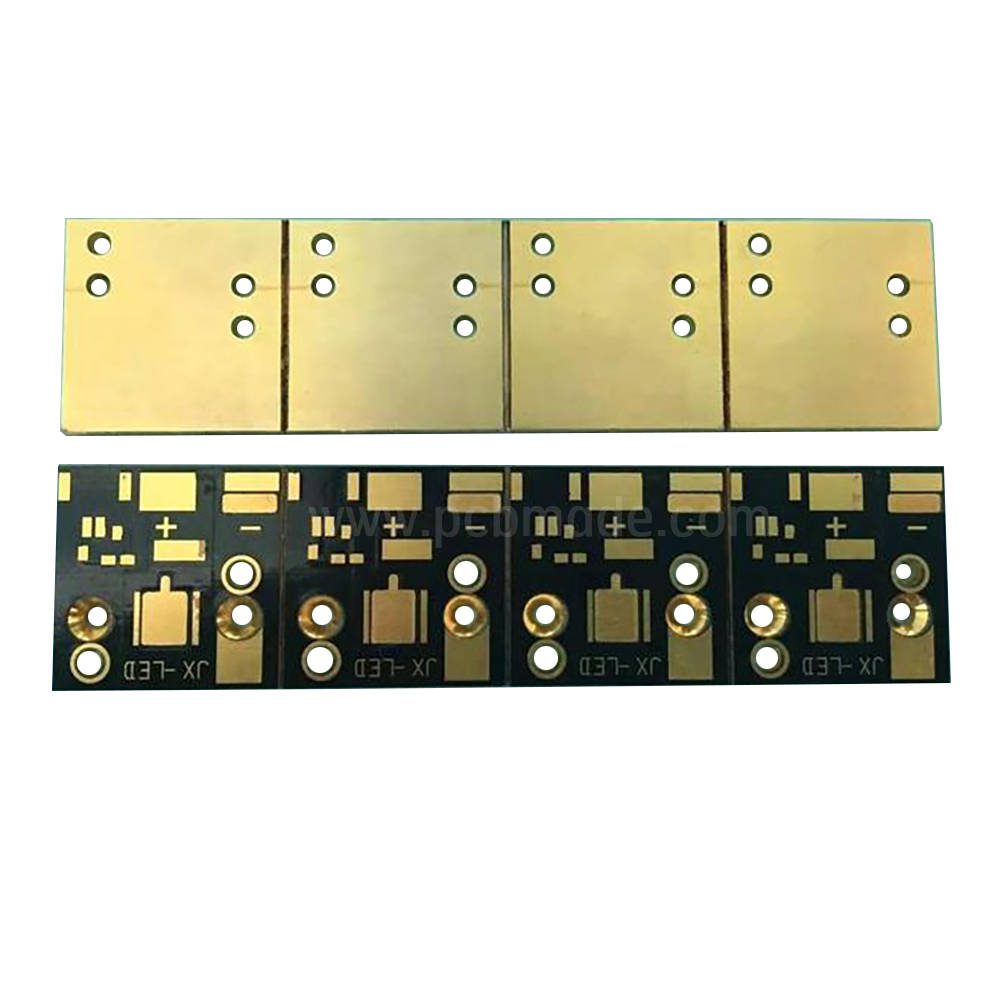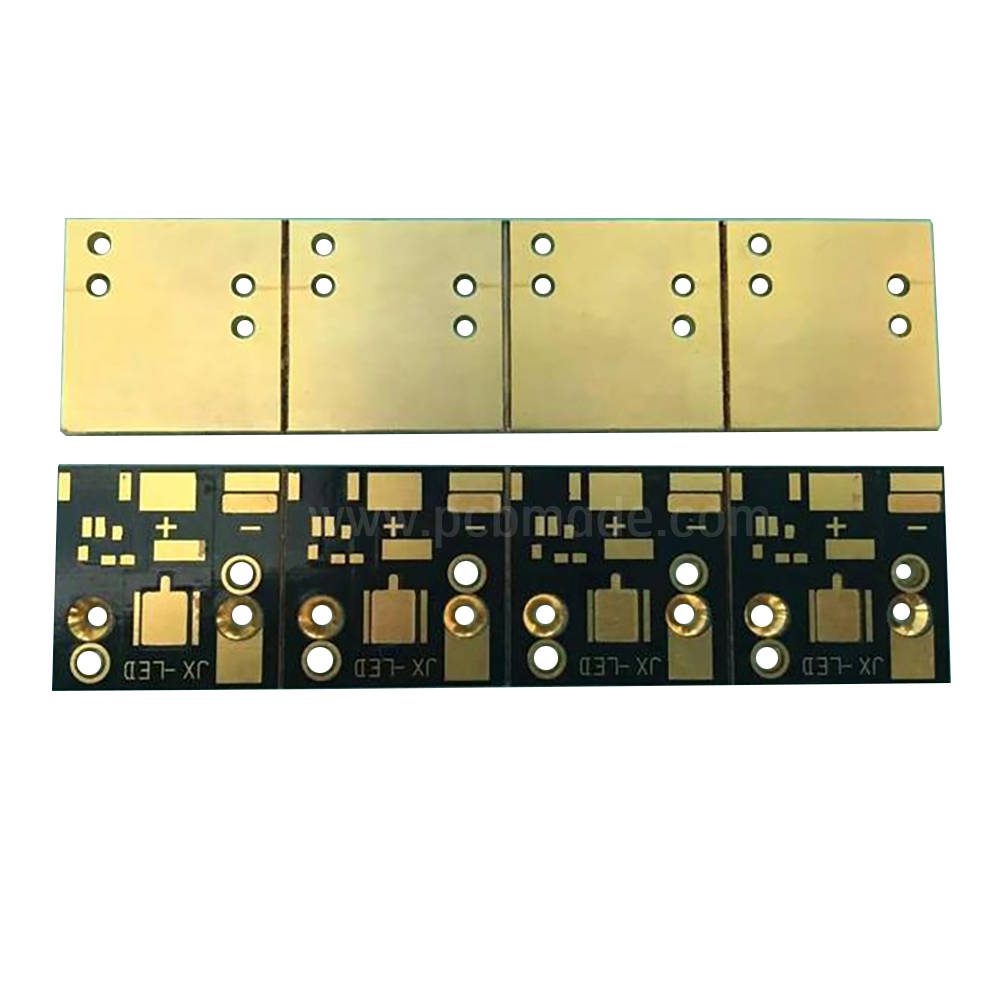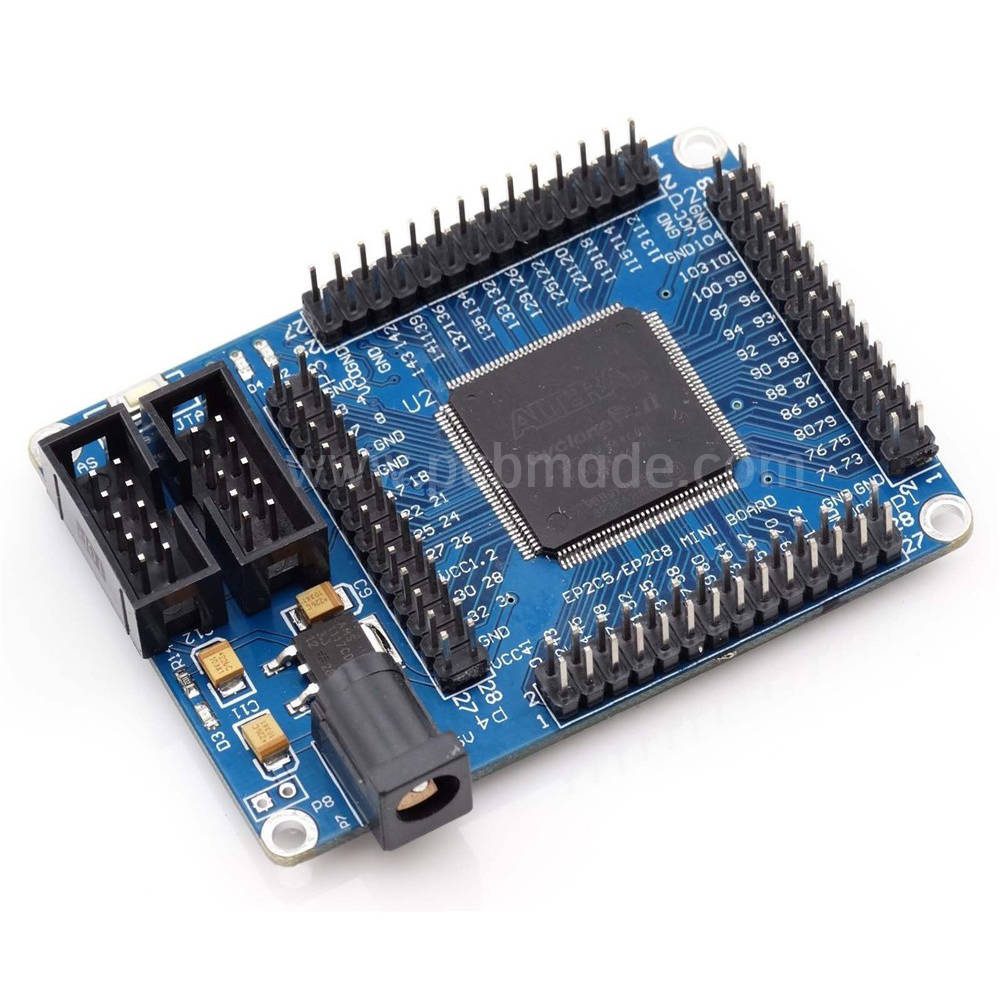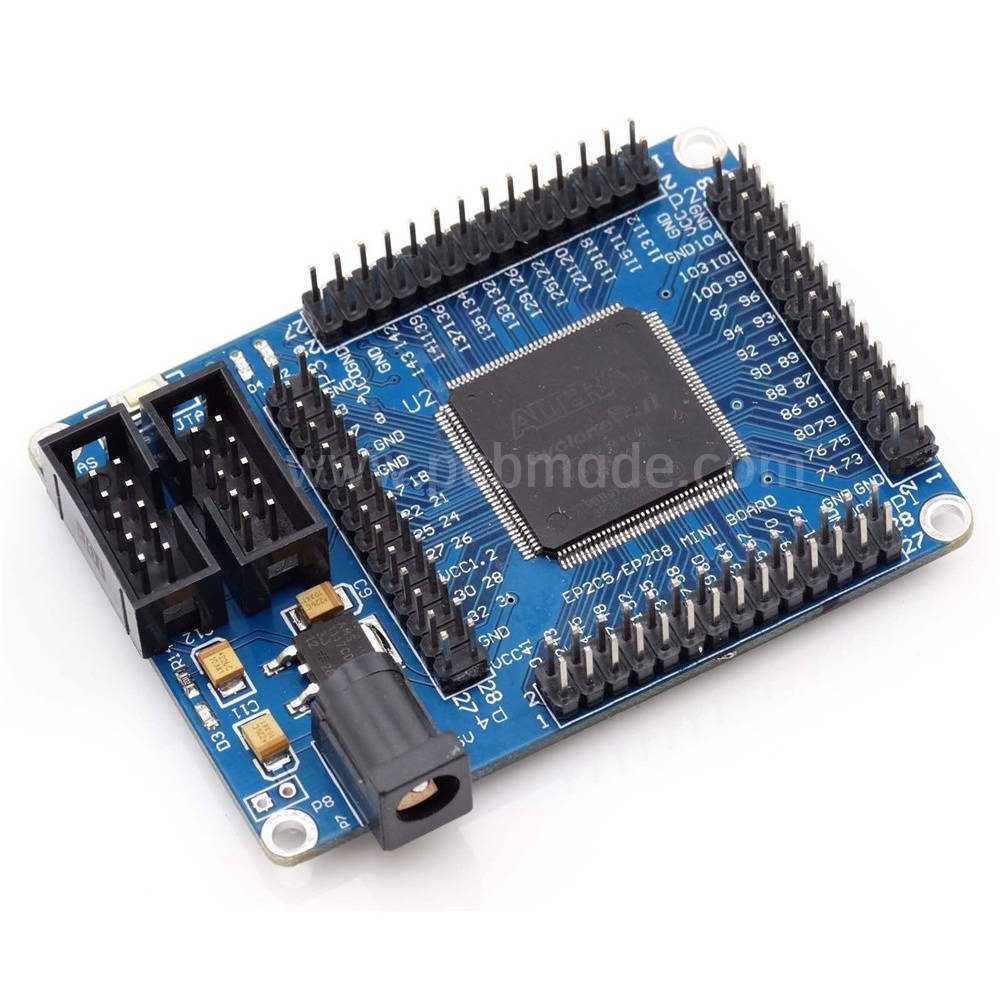PCB printed circuit board is one of the indispensable components in modern electronic devices. It is like a highway between electronic devices, responsible for connecting various components, realizing signal transmission and power distribution. In the process of PCB design and manufacturing, in addition to complex circuit layout, PCB color is also a noteworthy aspect. Although color itself does not directly affect circuit performance, it has certain significance in identification, aesthetics, and special applications.
1. Green (the most common color)
Green is the most common color for PCB boards, mainly due to the pigments in the solder mask used. Green solder mask ink is widely used due to its high cost-effectiveness, good visual contrast, and ease of inspecting welding quality and circuit layout. In addition, green is more friendly to the human eye and is less likely to cause visual fatigue when observed for a long time.
2. Blue
Blue PCBs have gradually increased in recent years, providing a visual effect different from green and appearing more novel and high-end. Blue solder mask ink also has good coverage and recognition, suitable for electronic products that pursue differentiation in product appearance.
3. Black
Black PCB gives people a high-end and mysterious feeling, often used in high-end audio equipment, gaming hardware, and certain brands to showcase the uniqueness of their products. However, black PCBs have higher process requirements in the production process because defects and soldering defects on the black background are difficult to detect and require stricter quality control.
4. Other colors such as red, yellow, white, etc
In addition to the above-mentioned colors, PCBs can also be made in various colors such as red, yellow, white, etc. The selection of these colors is more based on the product’s design aesthetics or brand recognition needs. For example, specific colors can be used to match the overall color tone of a product, or to distinguish between different versions or functions of circuit boards.
The role of solder mask ink color
Improve insulation: Solder mask ink covers non-conductive areas to prevent short circuits and protect circuits.
Helps with welding: Open windows at designated locations to allow solder to flow only where needed, improving welding quality.
Anti corrosion: Protect copper foil from environmental corrosion and extend the service life of PCB.
Identification and Aesthetics: Different colors help distinguish different versions or functional areas of the circuit board, while enhancing the product’s visual appeal.
In short, although the color selection of PCB does not directly determine its performance, it is an indispensable part of product design. The selection of colors reflects the comprehensive consideration of designers and manufacturers for products, from cost considerations, production convenience to brand image shaping. With the increasing demand for personalization and customization, we may see more diverse PCB colors appearing in the market in the future.


